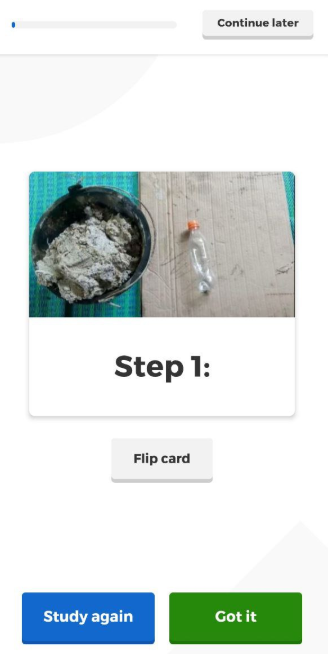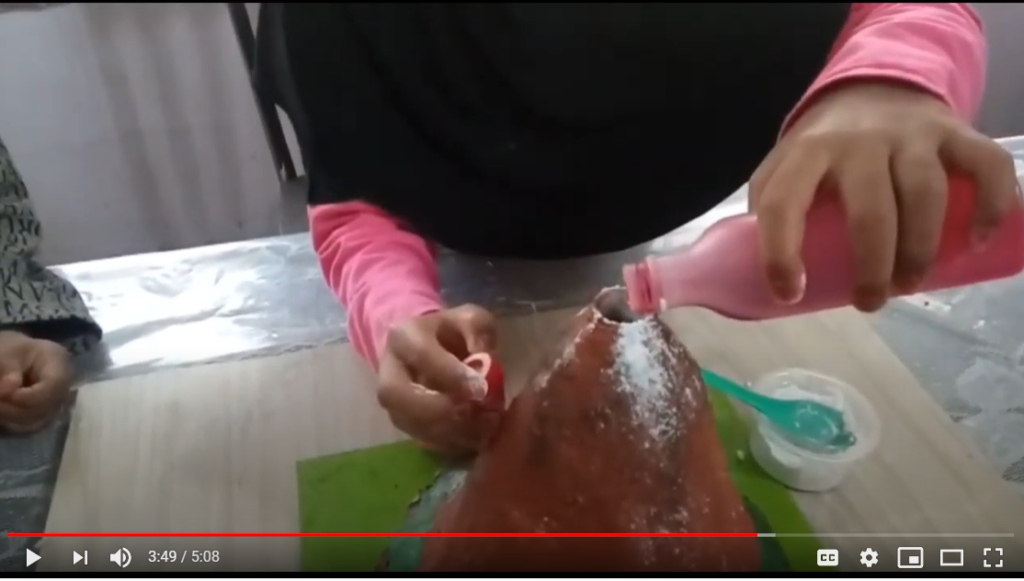This school year has been really unique for millions of students and teachers. The new, virtual format of teaching and learning changed everything! In spite of the challenges we faced, I feel we’ve all learned some valuable lessons, and there are best practices for teaching and engagement we should maintain when schools reopen. For example, we’ll need to be more flexible to let students learn at their pace and adapt to changes faster.
Teaching remotely has changed my perspective: my role isn’t just to instruct but also to inspire, motivate and empower my students more than ever before. Inspired by Kahoot!’s “learners to leaders” pedagogy, here are some new ways I used to give my students more autonomy when they’re studying at home.
Students learn new topics with Kahoot!’s in-app study modes
When Kahoot! added new study modes to its mobile app, my students and I immediately tried this new feature – and we liked it a lot. Flashcards and other modes gave students an easy way to go through new content and study autonomously at home. At first, I recommended some kahoots for them to study but then they took initiative and started looking for more relevant content on their own, as well as challenge each other. Here’s how study modes work:
Kahoot! helped facilitate a STEM project at home
Combined with other Kahoot! features, I used the new study modes in a recent STEM activity. In our project called “STEM Show Volcano”, I asked students to create models of a volcano at home after they’ve studied some material and understood all the instructions.
First, I created a quick tutorial around Kahoot!’s new study modes as I planned to use them to distribute instructions. My students found the video really useful! Then, they used flashcards to learn more about volcanoes and go through instructions they would need to follow to build their model.

With the Practice mode, they could self-assess understanding of the topic at their own pace before they’d start building their volcano.
Promoting creativity and presentation skills
To present results of their work, I asked students to record short videos and create kahoots. While the first part of the activity focused on studying and some research, at this point they could show their creative and presentation skills while sharing their content with classmates. As a reward, students who completed the project received digital badges. Now, learners became leaders!

When you can’t meet your students in person, Kahoot! is particularly helpful to motivate them to study, give them the right share of autonomy, and involve them by leading the class. I highly recommend trying the new study modes with your students!





